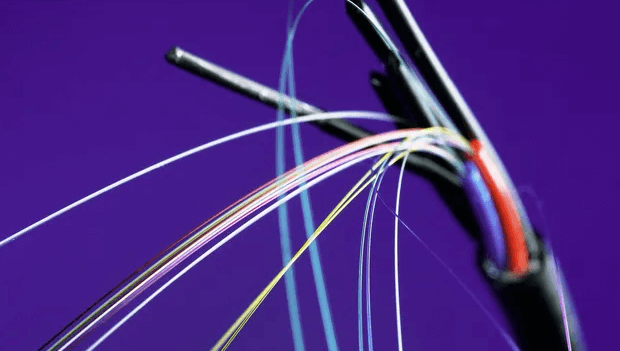At&T Fiber Footprint: Coverage Area for At&T Fiber Internet

AT&T Fiber has established a significant presence across the United States, strategically targeting both urban centers and suburban areas to deliver high-speed internet services. While metropolitan regions benefit from extensive fiber coverage, rural areas are gradually seeing improvements as AT&T implements targeted expansions. This dual focus raises questions about the overall accessibility of fiber-optic technology and its implications for digital connectivity in less populated regions. Understanding the nuances of AT&T’s fiber footprint may provide insights into future developments and opportunities for consumers seeking reliable internet access.
Overview of AT&T Fiber
AT&T Fiber represents a significant advancement in broadband technology, utilizing fiber-optic infrastructure to deliver high-speed internet services.
The fiber benefits include enhanced bandwidth, reduced latency, and greater reliability compared to traditional copper networks.
The installation process is streamlined, often requiring minimal disruption, which facilitates quicker access to high-speed internet.
This technology empowers users by providing robust connectivity essential for modern digital demands.
Key Regions With Coverage
A broad array of regions across the United States benefit from AT&T Fiber’s extensive coverage.
The company has strategically prioritized coverage expansion, addressing regional differences in demand and infrastructure.
Key metropolitan areas experience robust service availability, while suburban and rural locations see gradual enhancements.
This approach ensures that users across diverse landscapes can access high-speed internet, fostering a more connected society.
Urban vs. Rural Availability
While urban areas typically enjoy more extensive fiber internet options, rural regions often face significant challenges in access and availability.
This discrepancy is largely attributed to urban density, facilitating easier infrastructure deployment.
Conversely, rural challenges, such as lower population density and higher costs associated with long-distance wiring, hinder the expansion of fiber networks in less populated areas, limiting choices for residents.
How to Check Your Area
How can you determine if AT&T Fiber is available in your area?
To assess fiber availability, visit the AT&T website and enter your address. This tool provides information on internet speed options and service eligibility.
Additionally, contacting local AT&T representatives can yield more specific insights.
Understanding this data empowers consumers to make informed decisions regarding high-speed internet access tailored to their needs.
See also N511bc: Possible Product Code or Identifier
Conclusion
In summary, AT&T Fiber’s expansive coverage area demonstrates a commitment to bridging the digital divide across urban and rural landscapes. By leveraging advanced fiber-optic technology, AT&T is not merely providing internet; it is crafting a high-speed lifeline that connects communities and empowers users with unparalleled access to digital resources. As expansions continue, the potential for transforming connectivity in underserved regions reaches almost astronomical proportions, ensuring that the promise of reliable internet becomes a reality for more consumers nationwide.







